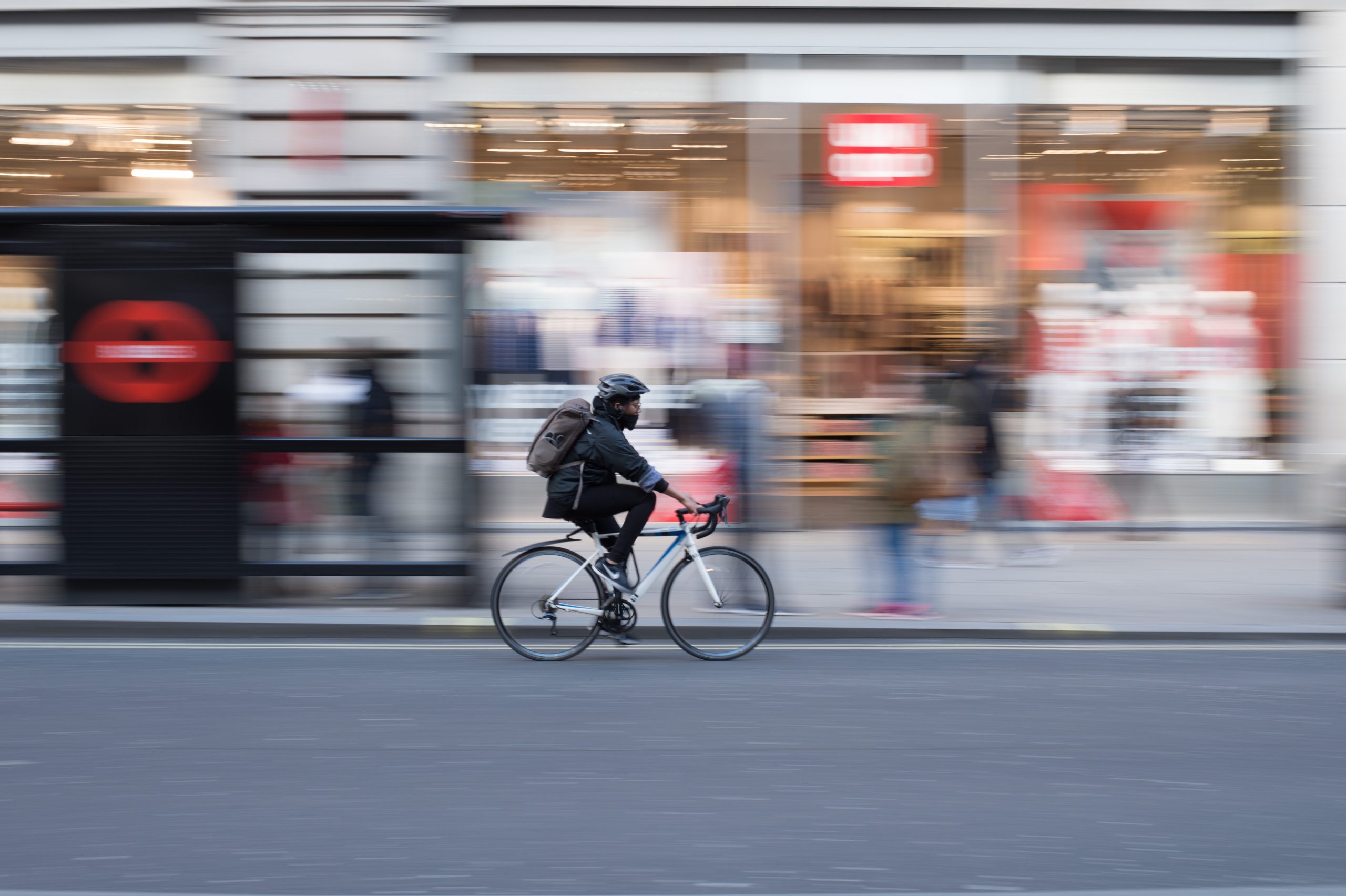
Cycling to work

The Cycle to Work Scheme is one way that the government is attempting to encourage cycle commuting and active travel, but there are thing that landlords and employers need to work on to get more staff on their bikes.
Not only does the scheme save both the employee and employer money, there are huge benefits to businesses when staff stay healthy. Healthy staff are happier, more productive and have less sick leave, physical health is also intrinsically connected to mental wellbeing.
I’ve been cycling to work for a number of years, I’m also an interior designer, so there are some key points that I keep in mind whenever designing cycling facilities.
Cycle Storage
Bikes aren’t cheap, they also quickly become a valued mode of transport so the last thing you want is it going ‘missing’. A lamppost outside the office isn’t suitable, there should be a secure internal or covered space which only the cyclists can have access too. I would also advise Sheffield Stands or another more compact storage system that cyclists can lock their bike to.
I once worked at an office where there was a secure cycle cage adjacent to the bin store. This was useful as it saved having to bring a wet, dirty bike into the building. There are many options similar to this method, I would prefer a system that has shelter to stop the bikes getting rained on all day.
Showers
Some people can get ready at home, cycle to work and sit straight at their desk to start work. Personally, I see my cycle commute as a chance to work out so I usually shower at the office. This also means that I’m not limited so much by the weather, if it’s chucking it down I’m still changing at the office so it’s no problem.
I’m amazed by the poor quality of some of the showers I’ve seen at office buildings during my career, I’ve also seen rare examples of exceptional facilities. Here’s a quick check list of what I think is ideal:
- ideally individual shower rooms:
communal showers are more efficient but create possible awkward encounters with coworkers - minimum 1m x 1m shower
- shelf inside the shower where soaps and shampoos can stand
- a suitable sized drying/changing area outside of the shower:
minimum 1.5m x 1m - A small bench in the changing space:
not only to sit on but I don’t want to put my bag or clothes on the wet and dirty floor - hooks above the bench
- full length mirror, the bigger the better
- good extraction – to avoid damp issues but also make it comfortable to use
Keep in mind that showers are not exclusively for cyclists, if someone’s going for a meal at the end of the day they may want to shower and change at the office rather than wasting time going home to do it. It would also be useful to have space nearby with mirrors, good lighting and plugs for hair dryers (or even better hair dryers being provided) where one can get ready without being confined to the shower room.
Lockers
This is one of the most overlooked parts. The savvy cycling commuter will often leave things at the office to save having to lug clothes to and fro every day. Personally, I tend to leave a pair of shoes, a coat and toiletries permanently at the offie, I bring a clean towel in on a Monday and take it back on Friday. Ideally, there should be somewhere to store these items.
It’s also a place to let damp towels and clothes dry, good drying lockers help to avoid clutter and potential smells in the office. Practically it’s better to keep everything in the same space so these lockers should be near the showers and can also benefit from the same powerful ventilation.
Maintenance
Finally, there’s no point in providing these facilities unless they’re well maintained and cleaned. Dirty and broken facilities will often be left unused, wasting money and the original efforts. It’s useful to have a suitable reporting system as the people using the facilities daily will more quickly notice problems.
The choice of finishes and fixtures is important when considering longevity and maintenance. A good design will ensure it’s simple and easy to clean whilst looking great for years.
Also consider taking on board suggestions. There will be things not discussed here that individuals may find really useful. If you can make the facilities more efficient, useful or attractive for users then it’s much more likely they will be used.
If you’re looking for advice in providing suitable cycling facilities for your business or building, then please get in touch.


